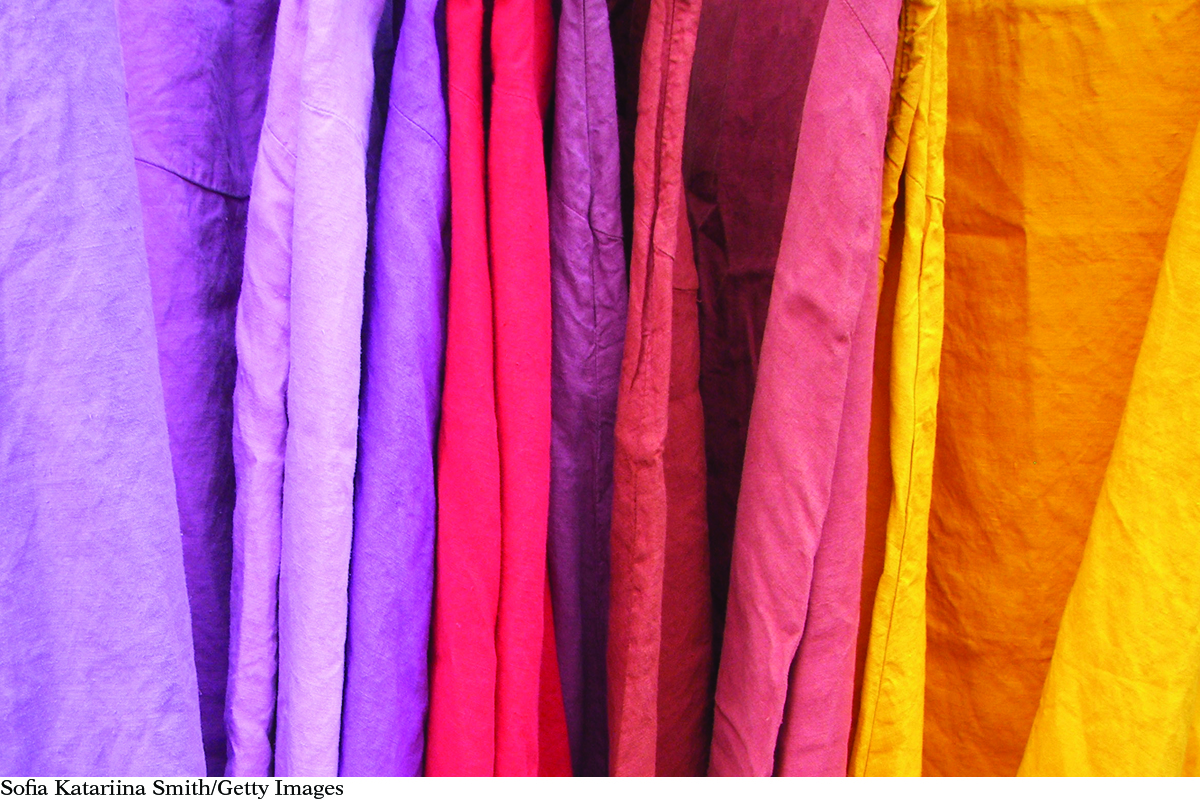Project: It’s Showtime!
It’s Showtime!

 It is time for you to show what you have learned both in Unit 6: Showtime and in the entire Living by Chemistry course. For this project, you will do research and design your own lab. The goal of this project is to examine the acid-base indicator properties of a naturally occurring pigment.
It is time for you to show what you have learned both in Unit 6: Showtime and in the entire Living by Chemistry course. For this project, you will do research and design your own lab. The goal of this project is to examine the acid-base indicator properties of a naturally occurring pigment.
Research
Begin by doing literature research to identify a pigment molecule that gives color to a common substance and behaves as an indicator in solution. Choose a substance that is safe to handle and that you can obtain easily, such as flowers, leaves, fruits, berries, vegetables, spices, bark, or roots.
Find out how it might be possible to safely extract this indicator molecule, so you can prepare a solution. For example, you might crush rose petals in rubbing alcohol or boil beets in water.
Design a Lab Experiment
Based on your research, write a detailed lab procedure that explains how to prepare a solution of the pigment.
Next, write a lab procedure for how to test the acid-base properties of the pigment with common substances. You might want to refer to Unit 4: Toxins, Lesson 84, when preparing this procedure.
Finally, write a lab procedure for testing a small piece of fabric, such as wool, cotton, or nylon, to determine if the pigment will stain the fabric and if the stain is permanent.
Be sure to include a materials list and any safety considerations.
Teacher and Peer Review
Bring your proposed lab experiment to class and have your classmates review and critique your project.
Submit your research and lab experiment to your teacher for review and approval.
With teacher supervision, conduct your experiment in your school lab.
Make changes based on feedback and the results of your testing. Once your experiment is a success, your teacher may ask you to lead a small group of students in carrying out the lab, or ask you to do a presentation to show what you learned about pigments, extraction, acid-base properties, and staining fabric.